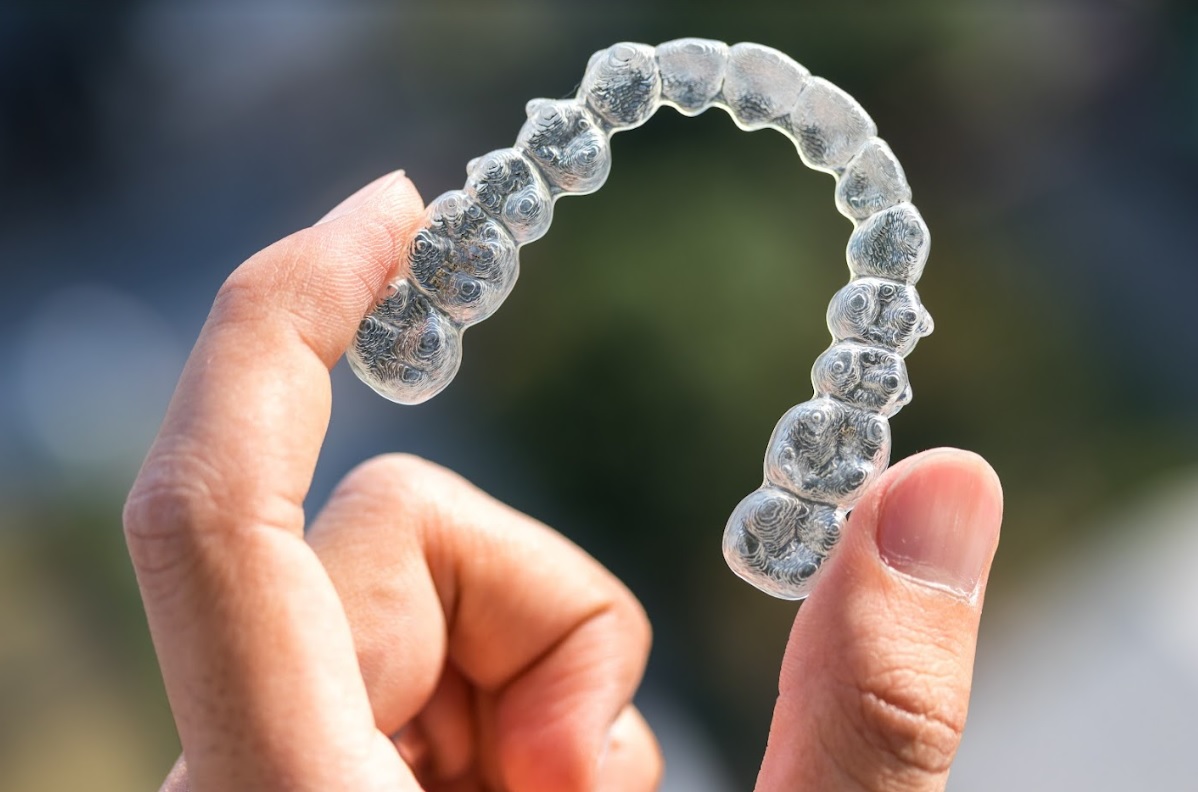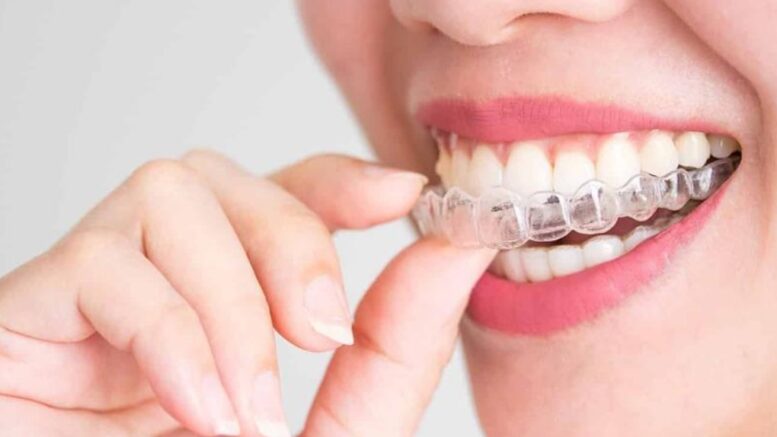If you were to ask any orthodontist Liverpool, there are two main treatment options to choose from: Invisalign and traditional braces. Each of these options offers its own set of advantages and disadvantages, and the right choice will depend on the patient’s needs, preferences, and lifestyle. This article aims to provide a comprehensive comparison of Invisalign and traditional braces, giving you the information you need to make an informed decision about which treatment is best suited for your needs.
How Invisalign and traditional braces work
Before delving into the differences between Invisalign and traditional braces, it’s essential to understand how each treatment works. Invisalign utilises a series of clear, removable aligners that are custom-made to fit your teeth. These aligners are designed to apply gentle pressure to your teeth, gradually moving them into the desired position over time. Typically, patients change their aligners every one to two weeks, with each new set of aligners bringing the teeth closer to their final position.
Traditional braces, on the other hand, consist of brackets, wires, and bands. The brackets are attached to the teeth, while the wires and bands connect the brackets and help apply pressure to move the teeth into the desired position. Adjustments to the braces are made periodically by the practice to continue guiding the teeth towards their final alignment.
Comparing the aesthetics of Invisalign and traditional braces
One of the most obvious differences between Invisalign and more traditional braces is appearance. Invisalign aligners are made of clear, medical-grade plastic, making them virtually invisible when worn; this is a significant advantage for those who may feel self-conscious about wearing visible braces, particularly adults and teenagers.
Traditional braces are more noticeable due to the metal brackets and wires. However, there are some aesthetic options available, such as ceramic braces, which have tooth-coloured brackets that blend in with the natural colour of the teeth. Nonetheless, traditional braces are still more visible than Invisalign aligners.
Treatment duration and effectiveness
The duration and effectiveness of treatment can vary depending on the complexity of the case and the specific needs of the patient. In general, Invisalign treatment can take anywhere from six months to two years, while traditional braces can take an average of 18 months to three years.

Invisalign is often considered to be a more comfortable and convenient option due to the removable aligners, which allow patients to eat, drink, and clean their teeth without any restrictions. However, Invisalign may not be suitable for all cases, particularly those involving severe misalignment, large gaps, or complex bite issues. In such cases, traditional braces might be a more effective treatment option.
On the other hand, traditional braces can treat a wider range of issues, including more severe cases. However, they require more maintenance, such as regular tightening appointments and extra care when cleaning to avoid food particles getting trapped around the brackets and wires.
Conclusion: making the right choice for your orthodontic needs
Ultimately, the decision between Invisalign and traditional braces will depend on your unique needs, personal preferences, and budget. While Invisalign offers a discreet and comfortable treatment option, it may not be suitable for all cases. On the other hand, traditional braces can handle a wider range of issues but require more maintenance and are more noticeable. It’s essential to consult with an experienced orthodontist to discuss your options and determine the best treatment plan for your individual needs. By carefully considering the differences between Invisalign and traditional braces, you can make an informed decision and achieve the smile you’ve always desired.
